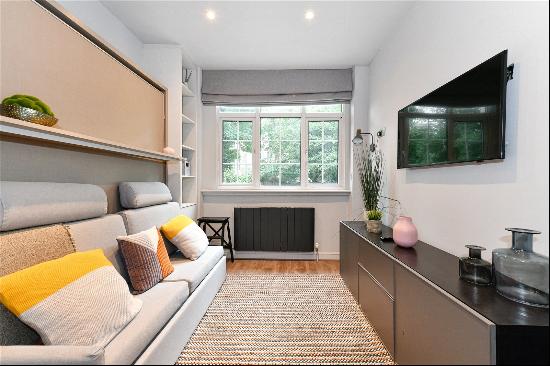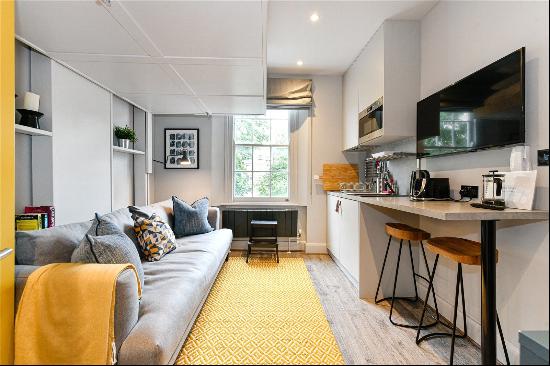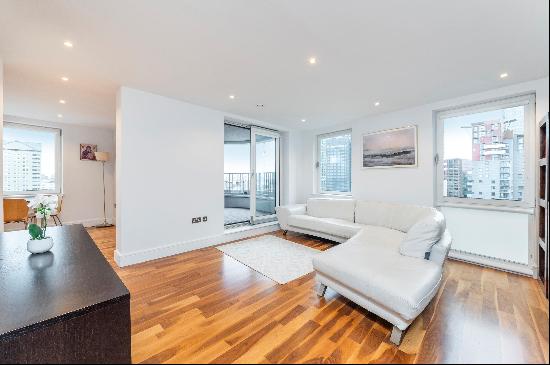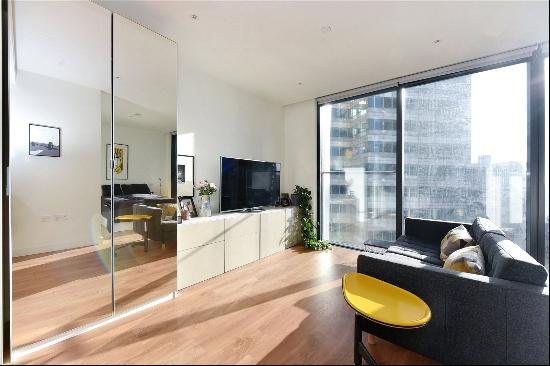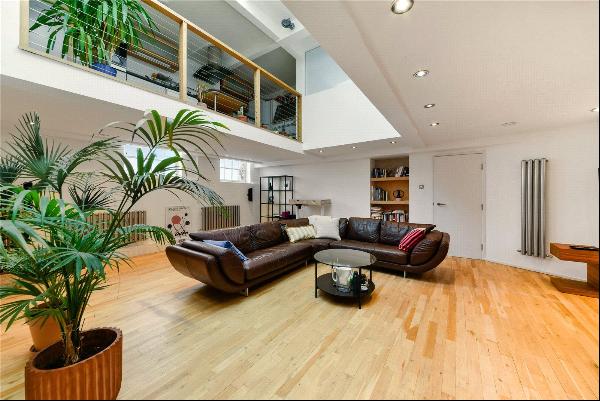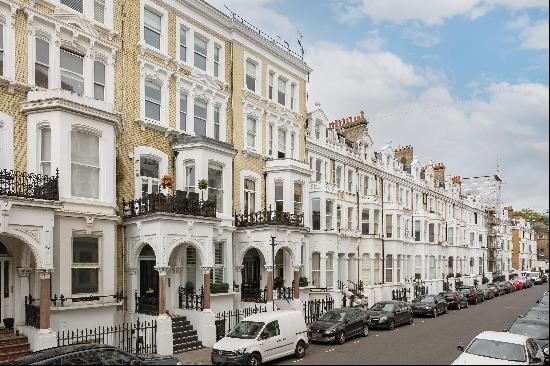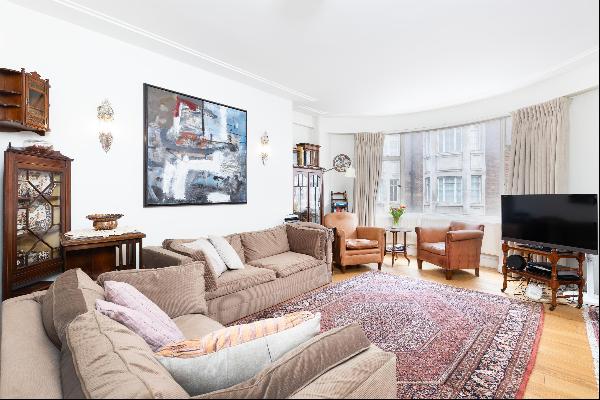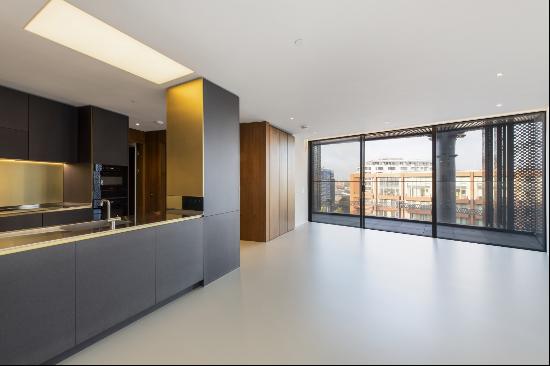
By Thea Hawlin
The presence of the late British artist Sue Dunkley can still be felt in the Grade II-listed Georgian house in Islington, north London, where she lived for more than 50 years. Her large, colourful canvases of vibrant figures, small-scale domestic scenes and quasi-abstract landscapes still hang on the walls of the three-bedroom home, now on the market for £2.1mn. The floorboards in what was once her studio on the ground floor are flecked with paint; Dunkley’s daughter, the playwright Jane Bodie, couldn’t bring herself to erase them.
“There was never a blank wall growing up,” says Bodie, recalling how the house acted as a quasi-gallery, showcasing Dunkley’s output, and became a creative hub during the 1960s and 1970s. Dunkley hosted everyone from Pink Floyd to artists Phyllida Barlow and Howard Hodgkin and the poet Seamus Heaney. “One was expected to be a good talker in that house,” says Bodie. “I sometimes think I became a playwright to get a word in. I was, like, ‘I’m going to write a conversation that you can’t interrupt!’”

Built in 1834, the four-storey mid-terrace house retains almost all of its original features, including the large sash windows, fireplaces and mouldings. Bodie recalls how her mother described it as her “history house”, teasing that people were still being hanged down the road when it was built. Yet it was also a place that, in Bodie’s words, “contained her whole history… it was her haven”.
Returning home from school, two options awaited Bodie and her brother: either there’d be guests listening to Billie Holiday and Nina Simone, or the studio door would be shut, their mother at work. Like Dunkley’s favourite colours — orange and blue — the two states clashed yet worked together. “Blue to me has a sadness and orange has a vibrancy, and that’s quite a good description of mum,” says Bodie. “She had two distinct moods: she could be incredibly vibrant and the life and soul, or she was on her own, working.”

The colours were staples of the interior decoration. The distinctive blue front door, which Bodie repainted, was first created when Dunkley moved into the house back in 1966 with her then husband, Don Bodie. A musician who had toured with Dire Straits, he was also a restorer and builder, and often brought back pieces of furniture for the house, including the large apothecary chest in the kitchen, rescued from a nearby pharmacy.
When her father left, Bodie remembers her mother dyeing all their bedsheets; white made her sad. “She was very specific about colour,” Bodie recalls. “She used to arrange pots in the window and we weren’t allowed to move them. It would be kind of like a Mondrian window; she even hung towels out in a particular order.” By contrast, her art — which had once been large, bright and bold — became smaller and muted in tone: delicate pastels of women looking out of windows.

When her children were grown up, Dunkley worked as an art adviser on The Railway Station Man, a 1992 film featuring Julie Christie and John Lynch, and — inspired by the paintings she created for Christie’s artist character — an era of moody landscapes followed. “What’s amazing to me is that she worked continually like a Trojan,” says Bodie. “Even when she had periods where her work wasn’t fashionable, she was never not working.”
Dunkley only stopped painting when she was diagnosed with dementia, and in 2016 her children held an exhibition at the house to raise funds for her care, with each floor dedicated to a different period of her work. “It was like a party for mum,” says Bodie, “but she wasn’t there, so it was really bittersweet.”
After Dunkley died last August, it was decided that the works in her estate would be managed by The Mayor Gallery in London’s Cork Street, with an exhibition planned for September this year. It is emotional but Bodie and her brother are ready to let go of the place they once called home. Bodie is content: her mother’s art, and now her house, will receive a new lease of life.
Photography: Savills





